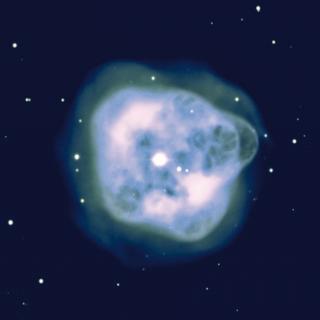
From 18th to 21st April the international multidisciplinary conference "Preserving the Skies", organized to celebrate the 10th anniversary of the Starlight Declaration, will be celebrated on La Palma. The celebration will also include numerous activities in the island, for the general public, in order to remember the need to protect the night sky and the right to observe the stars
Advertised on




